Prime Minister Anthony Albanese says a No vote in the Voice referendum would divide the nation.
How, precisely, is unexplained. But in fact, it’s the other way round. And the prospect alarms a great number of those whom the Voice is allegedly designed to benefit.
They would be those Aboriginal and/or Torres Strait Islander (ATSI) individuals who are partnered with a non-Aboriginal or Torres Strait person, and they make up the overwhelming majority of ATSI households across Australia.
According to the 2021 census most of those who identify as ATSI were partnered with a non-indigenous person – one of those ‘racist oppressors’ whose ‘colonisation’ of Australia was and remains supposedly responsible for the high rate of incarceration of ATSIs, and the appalling levels of education and ill health and the overall dysfunction of remote communities.
Should those indigenous Australians who are now sleeping with the ‘racist enemy’, as activists and extemists might label white Australians, be viewed as ‘evil collaborators’ if the Voice referendum does succeed?
And if so, would those same activists who so vehemently decry the Europeans every ‘Invasion Day’ therefore publicly denounce such ‘colonisers’ in Melbourne’s Federation Square or parade effigies of them in Martin Place for the crime of not co-habiting with their own kind?
They’d be busy, for, according to the Australian Bureau of Statistics (which unlike the Bureau of Meteorology has yet to be accused of manipulating its data for political purposes), there were 159,843 couples where one or both partners identified as ATSI in 2021.
‘Most of these (81.7 per cent or 130,514 couples) were couples where one partner identified as ATSI and the other identified as non-ATSI or did not respond to the standard indigenous question (ATSI partnership couples),’ the 2021 census indicated.
‘Since 1996, the number of couples where one partner identified as ATSI and the other identified as non-ATSI has increased at a faster rate than the number of couples where both partners identified as ATSI. The proportion of ATSI couples where both partners identified as ATSI decreased from 35.6 per cent in 1996 to 18.4 per cent in 2021,’ it added.
All children from such mixed partnerships are automatically recorded as being ATSI, a denial of the DNA record which would show the presence of the other inherited strands, Anglo, Asian, Polynesian, whatever, which means that there will only ever be more mixed partnerships in the future.
The ABS does caution that it only measured relationships in a household, not those outside of a household, and may have under-represented the true numbers of ATSI couple families.
The ABS used self-identification questions to determine who was an ATSI for the census but given the fluid nature of such labelling dropped one of the usually required elements.
The three components of the Commonwealth definition are descent, self-identification and community acceptance. For its purposes, the ABS did not include that third component deeming it often impractical to determine and leading to possible inaccuracies.
The most ardent Yes supporters, diminishing as they are (according to the regular polls), are to be found in the wealthier suburbs not in regional centres where interactions with ATSI individuals are likely to be more frequent.
In Teal pin-up Allegra Spender’s Wentworth electorate, just 0.4 per cent of the residents identified as ATSI in the census yet she and the local Woollahra Council are presenting only the Yes case to their elite home owners. Last week Spender was heavily promoting a pro-Voice meeting at the Paddington RSL, (non-members paid $18 for a schnitty but the chicken curry special was a snap at $15). Not such a bargain is the average home in Paddington though with the median price for a three-bedroom house sitting currently at $3.125 million, according to Domain.
No surprise, but the Northern Territory has the greatest number of homes in which both partners were ATSI (71.8 per cent) and the ACT has the highest percentage (94.2 per cent) of mixed race partnerships.
The toy-town capital also had the largest proportional increase in the ATSI population with a large number of public servants discovering their inner-Aboriginality.
Even the besieged ACT DPP Shane Drumgold identifies as indigenous, indeed, the local bar association boasted at the time of his appointment that he was the nation’s first indigenous DPP.
Fittingly, the ACT is also home to the highest number of public servants dealing with the small numbers of ATSI individuals who live in the remote and defective places set aside for indigenous-only residents. Victoria, where Lidia Thorpe was elected as a senator in the number one position on the Greens ticket before she found that the Greens were racists, has the second-highest number of mixed-race ATSI couples with 93.7 per cent closely followed by Tasmania with 89.3 per cent and NSW, a fraction behind, with 88.5 per cent.
South Australia record 82.6 per cent and Queensland 81.4 per cent. WA trailed with just 70.1 per cent. Overall, across the nation, 81.7 per cent of couples reported as being one ATSI partner and the other non-ATSI and, according to the ABS, the number of these mixed partnerships is increasing.
But even at the current indigenous birth rate, and further indigenous migration, the discovery of more indigenous heritage among Canberra residents and the back-to-back welcome to country ceremonies, it is unlikely that the woke capital’s 1 percentage of indigenous people found in the 2021 census will change it from our whitest capital.
Much to the chagrin of the virtue seekers, they’re not getting blakker.
An emphasis on culture is also critical to the Yes campaign and the woke folk certainly can’t get enough of it with howling didgeridoos intruding into pieces on the ABCs classical music programs, totemic displays on the Opera House sails (but not the Coronation), even white hands dabbling in dot-daubed paintings.
Unfortunately, culture is not actually identifiable in DNA. It is a learned response even though the High Court in Love and Thoms found indigenous spirituality to be miraculously genetically transmitted.
Without the sort of DNA testing some North American tribes demand, the claimants to the billions spent on the Aboriginal industry will only grow but they will, according to the stats, increasingly be mixed-race urban dwellers not bush blackfellas.
Got something to add? Join the discussion and comment below.
Get 10 issues for just $10
Subscribe to The Spectator Australia today for the next 10 magazine issues, plus full online access, for just $10.
You might disagree with half of it, but you’ll enjoy reading all of it. Try your first month for free, then just $2 a week for the remainder of your first year.

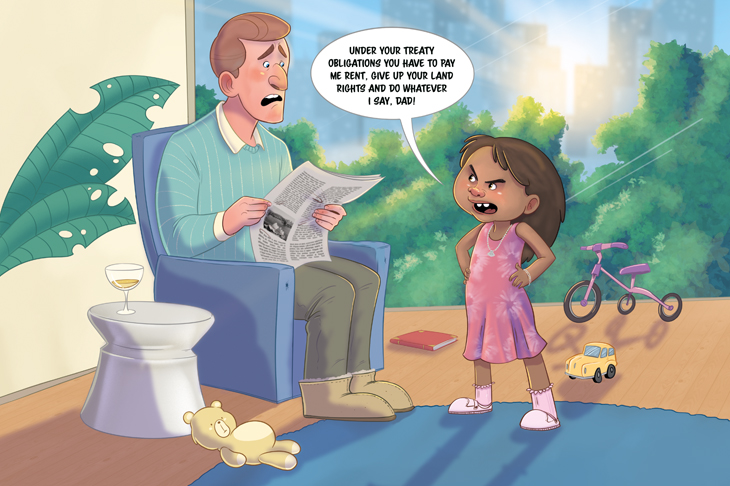
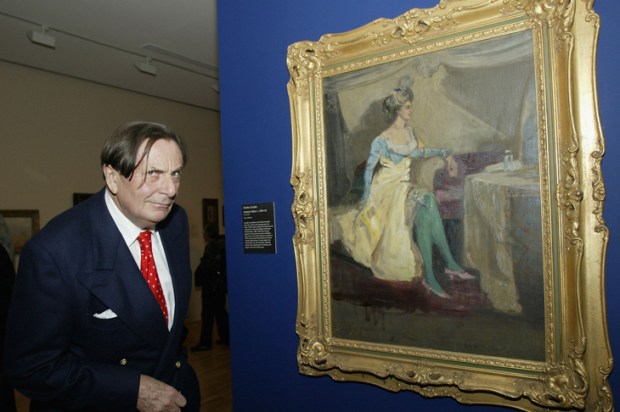

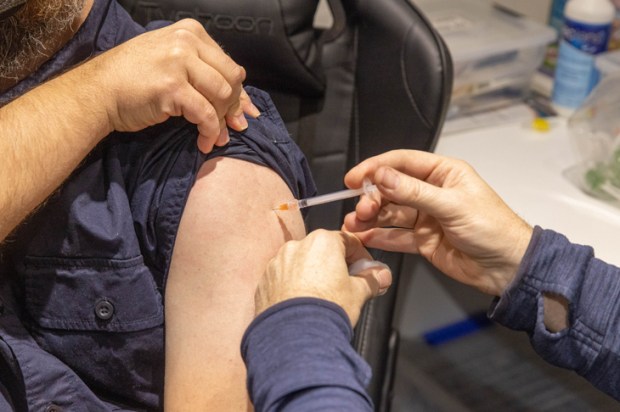
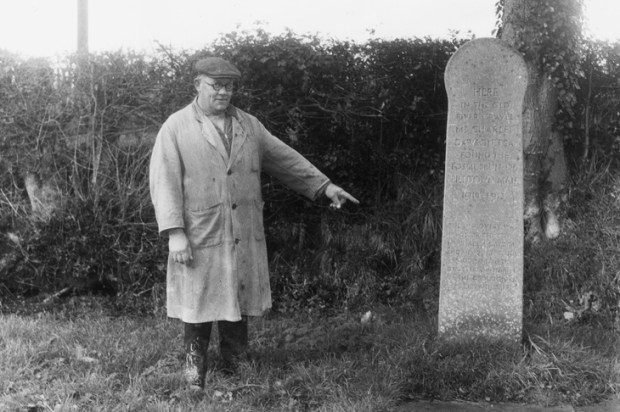
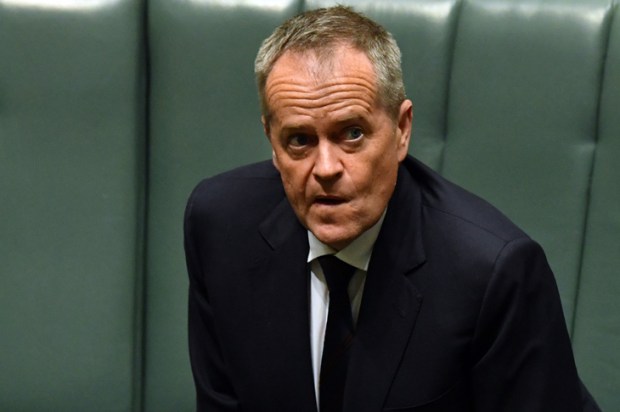
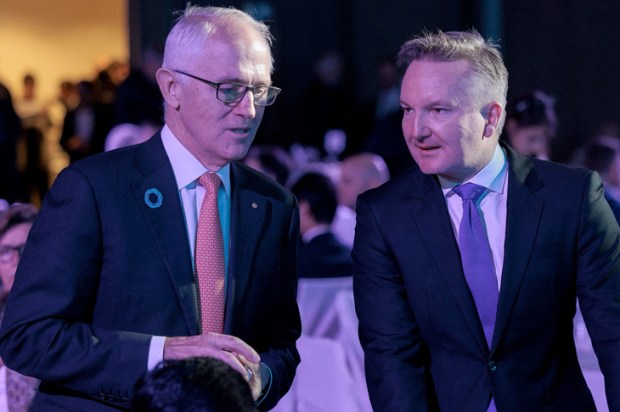






Comments
Don't miss out
Join the conversation with other Spectator Australia readers. Subscribe to leave a comment.
SUBSCRIBEAlready a subscriber? Log in